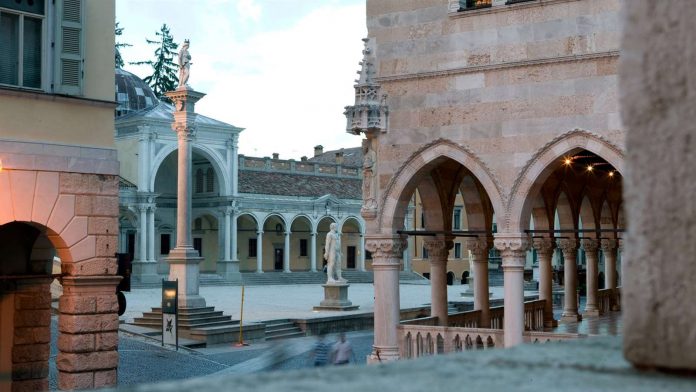by InTrieste
As Italy’s tourism landscape continues to evolve, regional leaders are focusing on expanding the country’s offerings beyond its iconic cities and coastal resorts. At the International Tourism Forum in Florence this week, Sergio Emidio Bini, Friuli Venezia Giulia’s Regional Councillor for Productive Activities and Tourism, presented a vision for Italy’s future in tourism—one that embraces sustainability, inclusivity, and the promotion of lesser-known destinations.
Speaking at the forum, Bini emphasized the growing need for tourism management strategies that prioritize environmental sustainability, green and digital innovation, and the protection of local ecosystems. “Our country faces important challenges to increase the competitiveness and sustainability of the tourism sector,” he stated. “This must involve a new management of visitor flows and support for businesses undertaking the ‘double transition’—green and digital.”
Beyond the Beach Resorts
In a country known for its bustling cities and famous seaside locales, Friuli Venezia Giulia has sought to broaden the scope of tourism to include Italy’s rural villages and mountain regions. “It’s time to promote our country in its entirety, offering opportunities to lesser-known places that are no less interesting,” Bini remarked. While traditional beach hotspots like Lignano and Grado continue to draw the majority of tourists, Friuli Venezia Giulia’s mountain areas are seeing impressive growth rates, with some zones reporting visitor increases of up to 34% since before the pandemic.
The numbers reflect this shift: Friuli Venezia Giulia surpassed 10 million tourist arrivals in 2023, a record for the region. As Bini explained, regional leaders have sought to diversify tourism by “de-seasonalizing” popular destinations and encouraging travel during off-peak times. “To reach this goal, we implemented a significant shift in promotion,” he said, pointing to the success of the regional slogan “I Am Friuli Venezia Giulia,” which has become a recognizable campaign within Italy’s tourism industry.
A New Vision for Hospitality and Accessibility
To further support tourism growth, Friuli Venezia Giulia has invested in expanding accommodations in areas that have traditionally lacked options. This includes funding for alberghi diffusi, or “widespread hotels,” which convert village homes into guest accommodations, as well as the renovation of private units for tourist use. The goal, Bini says, is to make every corner of the region accessible to travelers, regardless of location.
The region has also taken a lead in accessible tourism. Friuli Venezia Giulia’s “fvgpertutti” website, launched recently, maps accommodation facilities and beach access for visitors with disabilities. A new initiative, “A-mare il mare,” is similarly focused on promoting accessible tourism along the coast.
A Billion-Euro Vision
Bini’s plans appear to be paying off: a report from Italian research firm Demoskopika estimates that Friuli Venezia Giulia will generate around one billion euros in tourism revenue in 2024, marking a 10.2% increase over the previous year and nearly double pre-pandemic figures. For Bini, these numbers underscore the success of the region’s tourism strategies, which he attributes to a commitment to innovation and an open dialogue with local operators.
“With the right strategies and policies,” Bini concluded, “we can transform lesser-known regions into thriving destinations, all while preserving their unique character.”





























